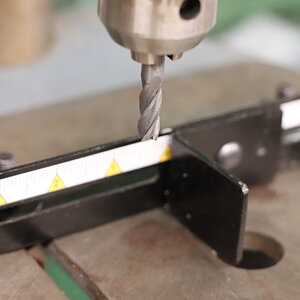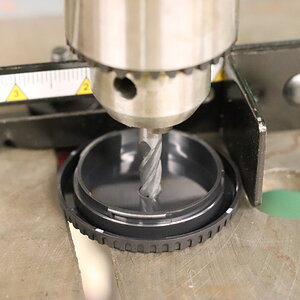JustJazzie
Been spending a lot of time on here!
- Joined
- Jan 21, 2013
- Messages
- 3,793
- Reaction score
- 1,732
- Location
- Bailey, Colorado
- Can others edit my Photos
- Photos OK to edit
first off, please forgive any typos I am discovering the wonders of voice to text.
I have a Polaris light meter I do not know the model number and I’ve used it for three or so years now. I just pulled it out and it is not reading low flashes.
Four instance if I turn my flash up to full power ISO 100 it is giving me an F stop, when I turn the flash power down and increase my ISO to meet the same exposure Then re-measuring, the meter it is not recognizing the flash output at all.
I’ve tried incident and reflective measuring, I have also tried replacing the batteries twice. It is measuring low light just fine in ambient mode. I have also tried tethering it straight to my strobe to trigger from the flash meter and it gives me an EU error.
I also tried turning off all of the ambient light in dimming the room to make the flash more apparent.
Any ideas, or is my light meter toast?
I have a Polaris light meter I do not know the model number and I’ve used it for three or so years now. I just pulled it out and it is not reading low flashes.
Four instance if I turn my flash up to full power ISO 100 it is giving me an F stop, when I turn the flash power down and increase my ISO to meet the same exposure Then re-measuring, the meter it is not recognizing the flash output at all.
I’ve tried incident and reflective measuring, I have also tried replacing the batteries twice. It is measuring low light just fine in ambient mode. I have also tried tethering it straight to my strobe to trigger from the flash meter and it gives me an EU error.
I also tried turning off all of the ambient light in dimming the room to make the flash more apparent.
Any ideas, or is my light meter toast?
Last edited:












![[No title]](/data/xfmg/thumbnail/31/31011-439c1242fe08cf6b54f32bf06523a567.jpg?1619734567)

